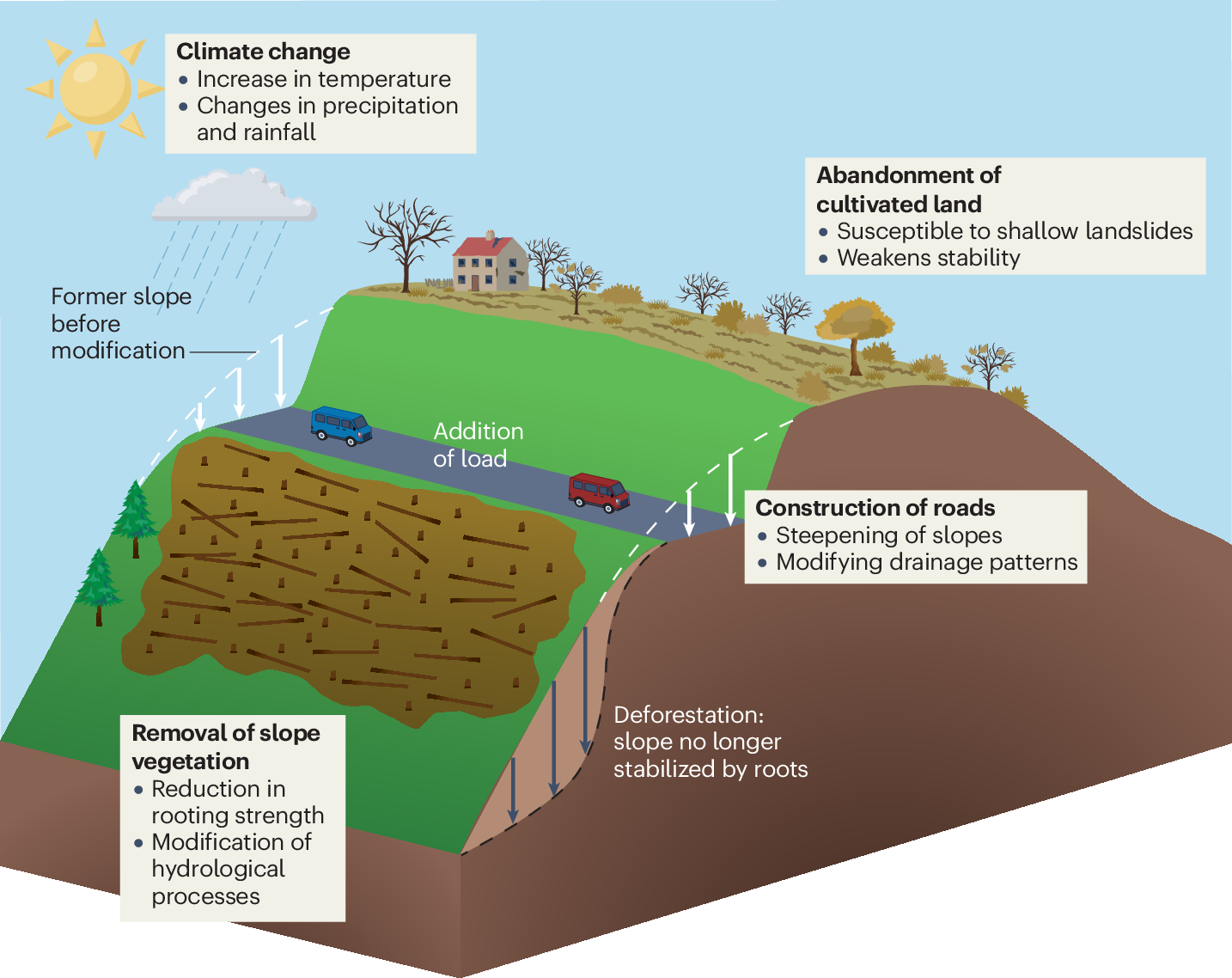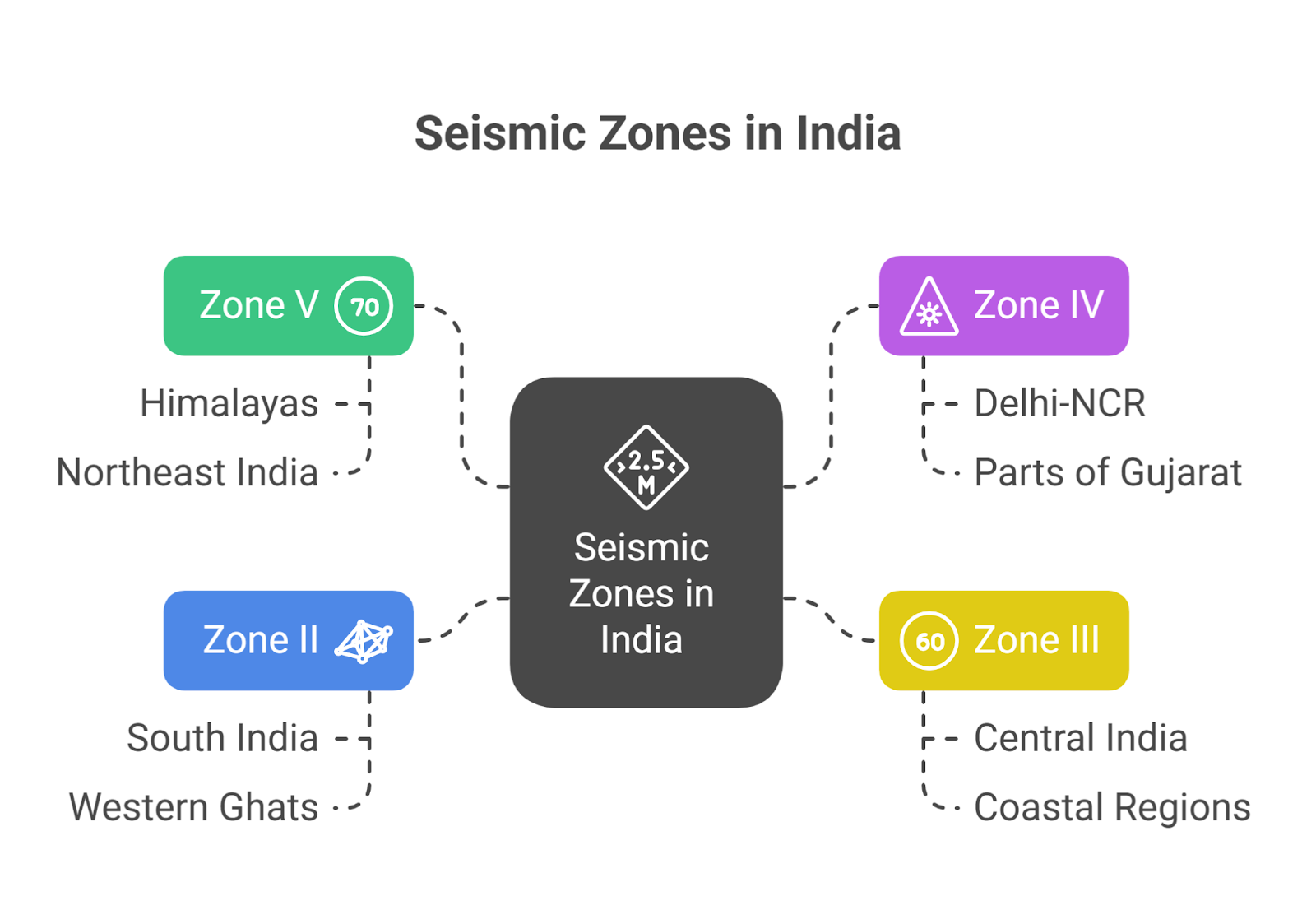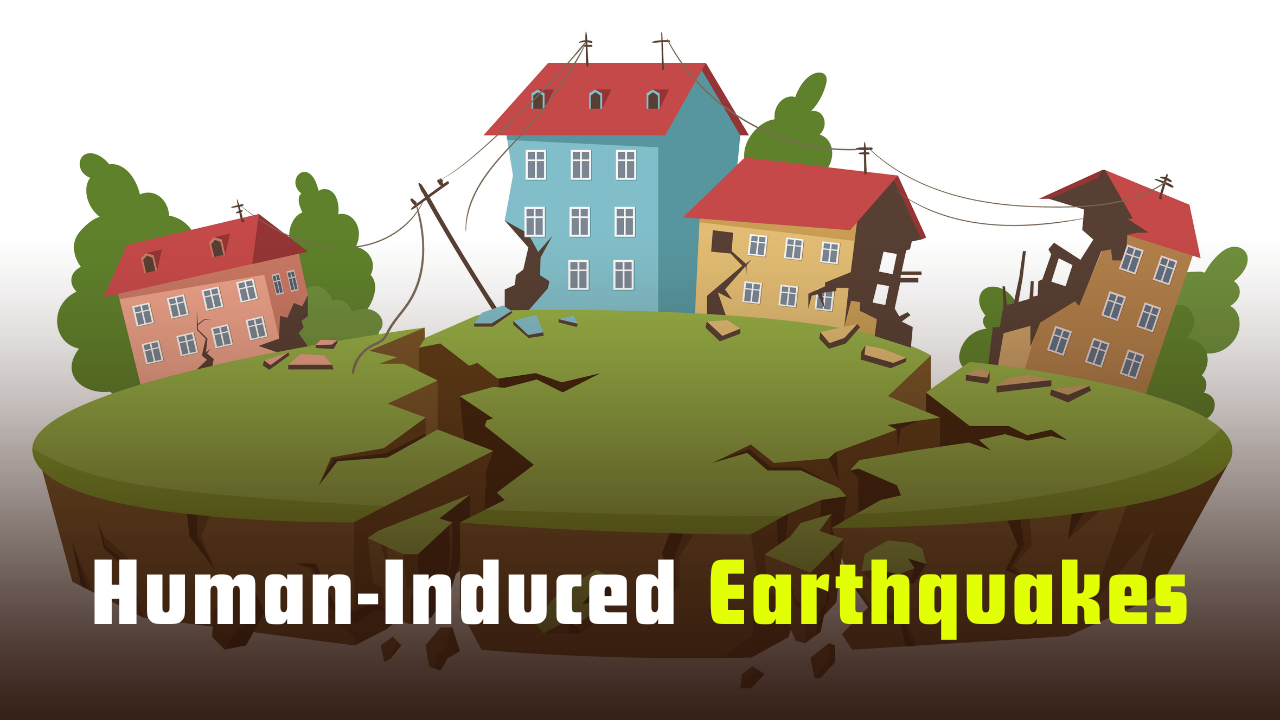Font size:
Print
Human-Induced Earthquakes
India’s water, energy demand spotlight risk of Human-Induced Earthquakes
Context: These human-induced earthquakes are a growing global concern, particularly in densely populated and geologically sensitive regions such as India. While earthquakes are predominantly natural phenomena arising from tectonic plate movements, recent studies have highlighted a growing subset of earthquakes triggered or modulated by human activities

What Are Human-Induced Earthquakes?
- Human-induced earthquakes are seismic events triggered or amplified by anthropogenic activities that alter the natural stress regime of the Earth’s crust.
- Activities include: Mining, groundwater extraction, dam construction, fluid injection (fracking), tall building construction, and coastal engineering.
Global Trends and Scientific Recognition:
- A 2017 study in Seismological Research Letters noted over 700 such quakes globally in the past 150 years, and their frequency is increasing with expanding infrastructure and industrial activities.
- The U.S. Geological Survey (USGS) reports a sharp rise in seismic activity in central U.S. since 2009, largely attributed to fluid injection from oil and gas operations.

Causes of Human-Induced Earthquakes
- Groundwater Extraction: Pumping out groundwater reduces subsurface pressure, causing crustal imbalances.
- Fracking and Fluid Injection: Fracking involves injecting liquids to extract oil/gas by cracking rocks, a known trigger for tremors. India has 56 fracking sites across six states, increasing the risk of seismic activity.
- Urban Infrastructure and Tall Buildings: Large constructions can also load or unload the Earth’s crust, altering stress dynamics.
- Mining and Coastal Engineering: Extraction and land reclamation projects disrupt crustal stability.
- Climate Change: Melting glaciers in Antarctica and Greenland have triggered earthquakes due to stress redistribution. Heavy rainfall in the Western Ghats has induced tremors by altering surface load.
Case Studies
- Delhi-NCR (2003–2012): Rise in seismic activity during significant groundwater depletion. Delhi lies in Zone IV, a high seismic risk category.
- Koynanagar (1967): Magnitude 6.3 quake killed 180+, linked to water overload at hydroelectric dam.
- California (2014): Earthquake triggered by prolonged drought.
- Palghar, Maharashtra (2018 onwards): Quake sequences potentially caused by fluid migration from rainfall.
Governance and Regulatory Challenges
- Lack of Regulation: India lacks specific guidelines on dam water release rates, unlike countries like the U.S.
- Site Evaluation: Experts recommend seismic mapping before constructing large dams, especially in the Himalayas and other tectonically active zones.
- Weak Monitoring Systems: Limited seismic instrumentation hampers real-time detection and risk assessment.
Government Initiatives for Earthquake Safety
- Humanitarian Assistance and Disaster Relief (HADR): Under the principle of ‘Vasudhaiva Kutumbakam’, India extends aid globally. After the 2023 Turkiye–Syria earthquake, India deployed NDRF teams, Medical personnel, and Essential relief supplies.
Key Government Agencies:
- National Disaster Response Force (NDRF): Formed under the Disaster Management Act, 2005. Operational since 2006 with 16 battalions, each comprising 1,149 personnel. Specialises in search, rescue, and relief operations.
- National Centre for Seismology (NCS): Traces its origins to the 1898 seismological observatory in Alipore, Kolkata. Operates India’s National Seismological Network. Provides real-time seismic data and is developing earthquake early warning systems (EEW).
- National Disaster Management Authority (NDMA): Established in 2005, headed by the Prime Minister. Coordinates national disaster preparedness, mitigation, and response. Works with State Disaster Management Authorities (SDMAs) led by Chief Ministers.
- National Institute of Disaster Management (NIDM): Originated as NCDM in 1995; renamed in 2005. Provides training, research, and policy advocacy on disaster risk reduction (DRR).
Way Forward
- Strengthen Seismic Monitoring: Deploy dense seismic networks in vulnerable regions. Use satellite data and AI-based early warning systems.
- Sustainable Resource Management: Regulate groundwater extraction through scientific recharge planning. Revisit dam designs and operational procedures.
- Climate-Resilient Infrastructure: Integrate climate adaptation with seismic safety in construction codes.
- Public Awareness and Preparedness: Conduct drills in high-risk zones. Educate on sustainable practices that minimise seismic risks.
Subscribe to our Youtube Channel for more Valuable Content – TheStudyias
Download the App to Subscribe to our Courses – Thestudyias
The Source’s Authority and Ownership of the Article is Claimed By THE STUDY IAS BY MANIKANT SINGH





